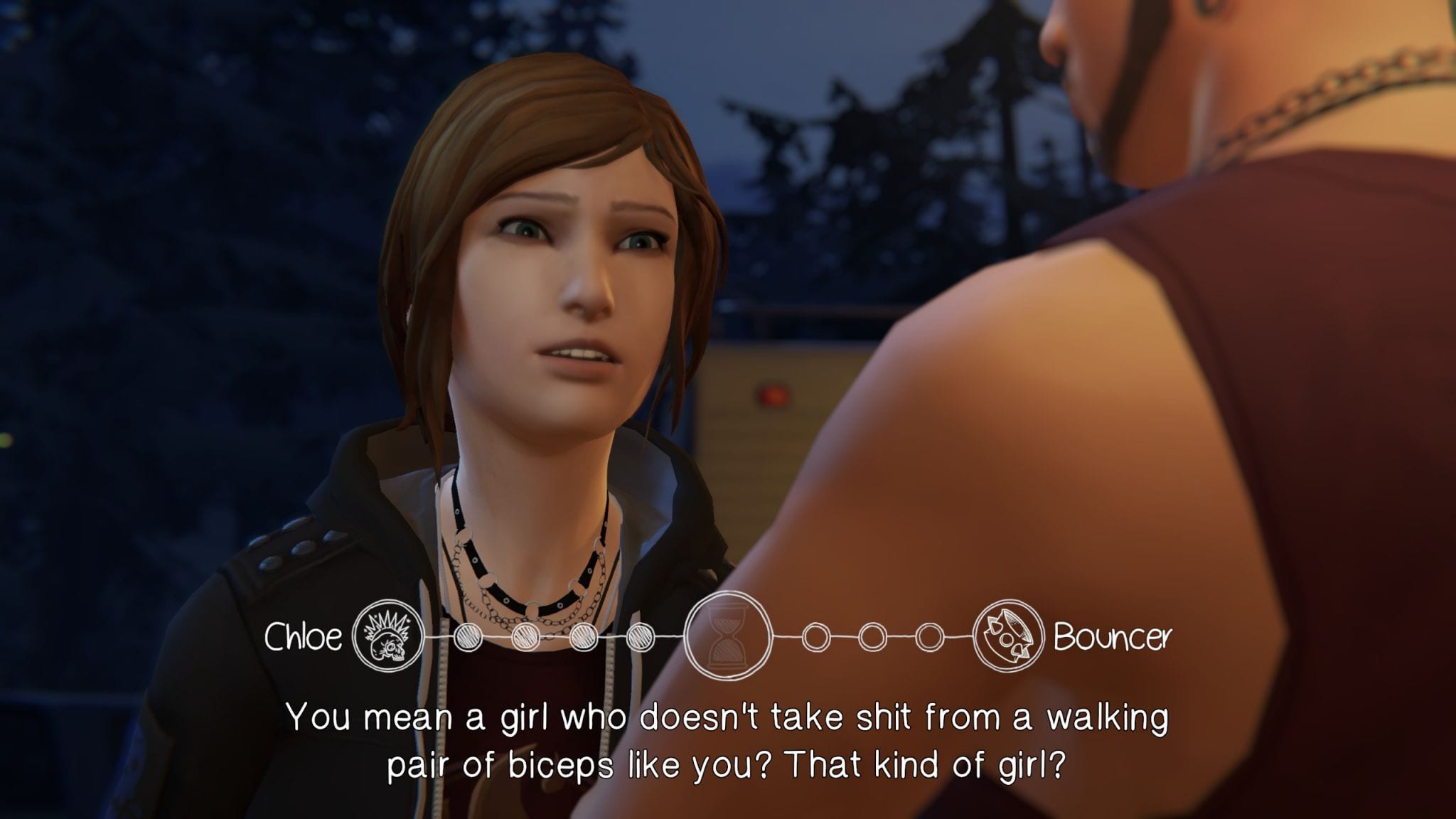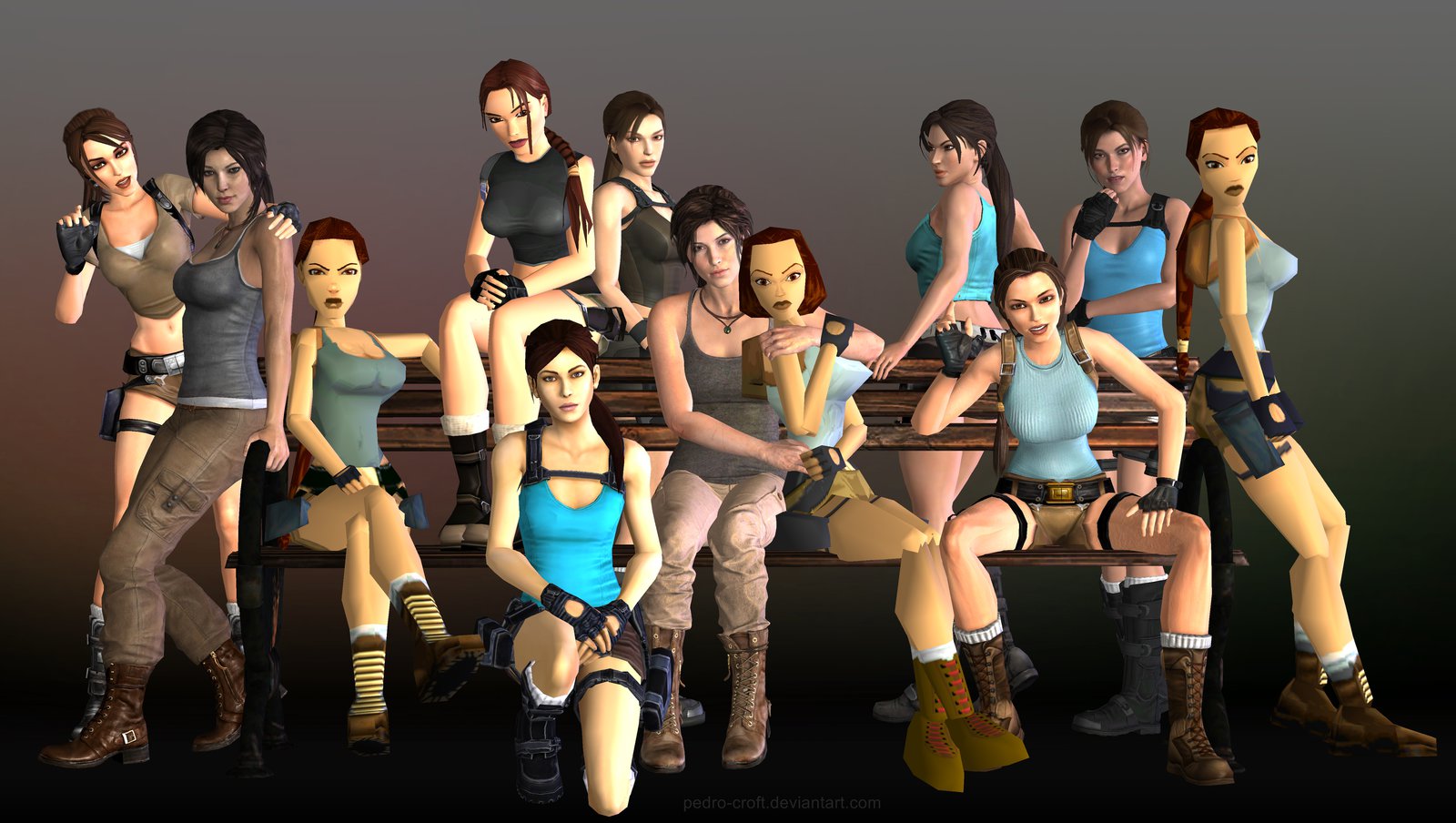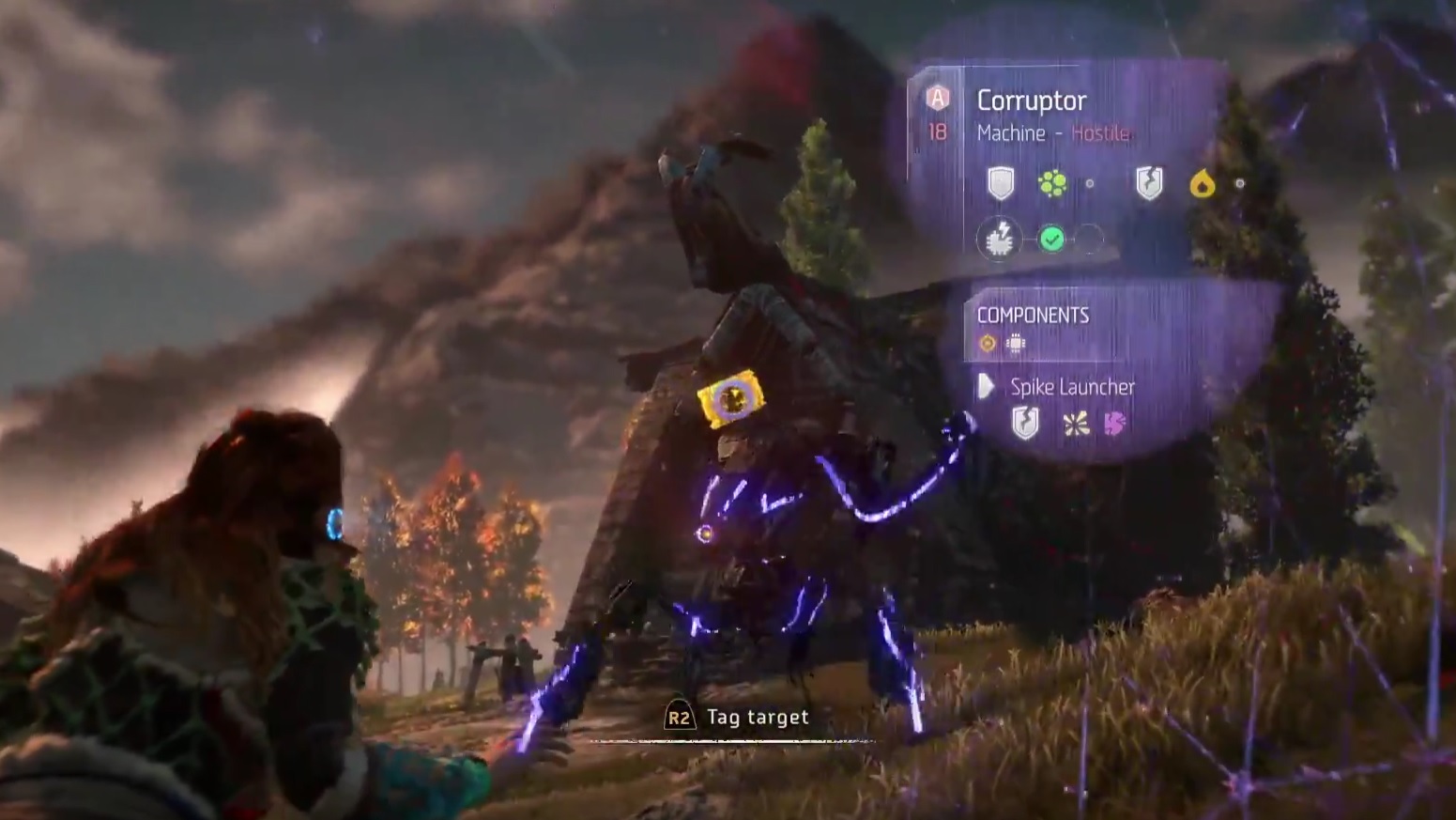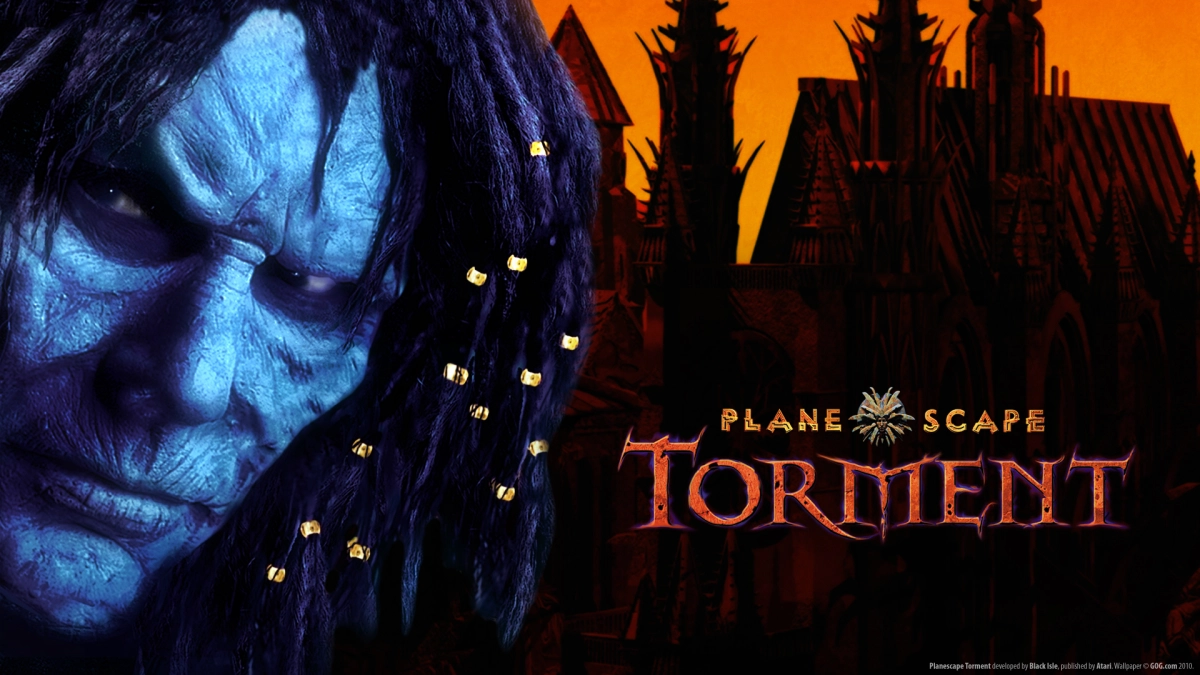Life is Strange: Before the Storm, sits at an interesting cross section of interesting theme and gameplay mechanics, but compared to the original Life is Strange it falls a bit flat in my eyes. This entry largely compares Life is Strange to it's prequel Before the Storm to see how these games differ in their approaches to teen interactive drama, by focusing on both the positioning of the narrative, and the gameplay mechanics used to emphasise the choices being made. I'll take care not to reveal spoilers about the game, but be warned going forward that details of how the game's choices play out, will the focus of this entry. So you've been warned.
On the one hand Before the Storm attempts and succeeds at doing it's own thing by having Chloe Price as the main character, and having her have her own 'backtalk' mechanic. On the other hand the focus on Chloe and Arcadia bay, before Max's arrival limits the story to a predefined point and knowable point for audiences: Chloe eventually selling drugs to Nathan Prescott at the start of Life is Strange: Episode 1. As such there doesn't seem to be a lot of wriggle room as to how the choices in the prequel can affect the next game. Simply because of the prequel status of Before the Storm there's a lot of predetermined events that limit the agency of characters and events. This progression is similar to the prequel's in Star Wars where the importance of these prequel events is to contextualise what occurs later on in the series, and to give reasons as to why Chloe, Rachel, Arcadia Bay are the way that they are by the new season. However with this in mind there are a lot of characters and events from Before the Storm that are mysteriously forgotten by the start of Life is Strange. It's a mistake that appears commonly in the post development of prequels with a lot of characters and events left unexplained in the 'main event' of the series. Do these characters all suddenly leave town? Or is there an area which developers won't explore, providing an inconsistency that fans can provide their own answers for?
 |
| Where does Drew North go? Or alternatively where do the cast of Life is Strange appear from? |
 |
| Oxenfree also a fun teen interactive drama. |
The most detailed path so far for Life is Strange: Beyond the Storm appears to be the variety of action that can be taken after stealing some money. Most of this is related to whether or not Chloe buys drugs, supports her mother, or pay back her debts. Another variation appears to be how Rachel responds to Chloe, and builds from either a romantic or platonic friendship, however this builds on the previous responses of Chloe to inform how Rachel will react, and doesn't so much alter a variety of results, but aggregate to one of two states (will Rachel be receptive to Chloe's advances, rather than will different results occur out of this state). In this the range of alterable content appears to be less that Life is Strange's original gameplay, in that the most complex changes are inconsequential to the progression of Chloe and Rachel's relationship, and furthermore do not appear to 'stack' as the player progresses through the game. To provide a yardstick for comparison, there's no counterpart to Kate and Max's relationship in Beyond the Storm.
The other aspect of this perceived 'lack of choice' is that the game doesn't readily announce when a choice has been made by the player (aside from the auto-save icon). In Life is Strange, such situations would be readily identified by Max and the alternative action was readily available to be explored through the time rewind ability. Even when these actions were hidden or made obtuse, the player still had the opportunity to play around with events and see what the immediate consequences of their actions were. For Chloe no such power exists, and with that no awareness that things can turn out differently.
Chloe's rash behavior is explained by the death of her father; however the cycle of self-destruction (alienation of friends, family, and abandonment of her education), seems at odds with the people in Chloe's life - the only negative people who have the power to affect her are Principal Wells and Joyce's boyfriend David (who are well outside Chloe's circle of friends and family). Based on the support group Chloe already has, it seems as though her mood could only improve instead of becoming self destructive. Similarly Chloe's actions don't seem to be hurling her into anything dangerous or unsavory (i.e. she goes to school and sees a band that she likes), yet she these actions are seen as grounds enough to be punished (suspended/expelled from school). To sum up the manner in which you can behave as Chloe does not seem to reflect how the community should or does react. There's an argument to be made for how bad Chloe is perceived by the community, but many of the reactions provided through a 'good' playthrough appear to be over the top. If anything the game doesn't accurately portrait Chloe as being accurately reacted to, or acting out in an unexpected manner, if anything there's a disconnect between the player's ability to play Chloe in a 'good' manner and the reactions of the game.
 |
| To boot some of the backtalk feels a bit too awkward for a game that relies heavily on dialogue. |
Taking another examination of these choices, for the player the ability to know that there is another choice in many matters occurs from replaying the game a couple of times (which may or may not reward players for their actions), looking through the end of game percentage of choices, or searching online for different consequences that occurred in other player's playthroughs. From these roadmaps, hints and discussions players can discover alternative responses to their actions, as opposed to playing through Before the Storm multiple times to see what actions can change. Life is Strange also made use of long term effects for Max's actions (so players wouldn't be able to change these events immediately), yet balanced this with having an immediate response/consequence as well as a later consequence to consider, which would build up on other choices. These results too were hidden for players, but due to the design of immediate consequences, and a range of responses, the exploration felt as though a different series of events was happening, instead of the same event with a different inflection given. As such the choices provided in Before the Storm do not feel as intuitive due to the lack of rewind mechanics and the limited range of responses provided in comparison to Life is Strange (see the fan site).
 |
| Section taken from Venture Beat |














.png)











